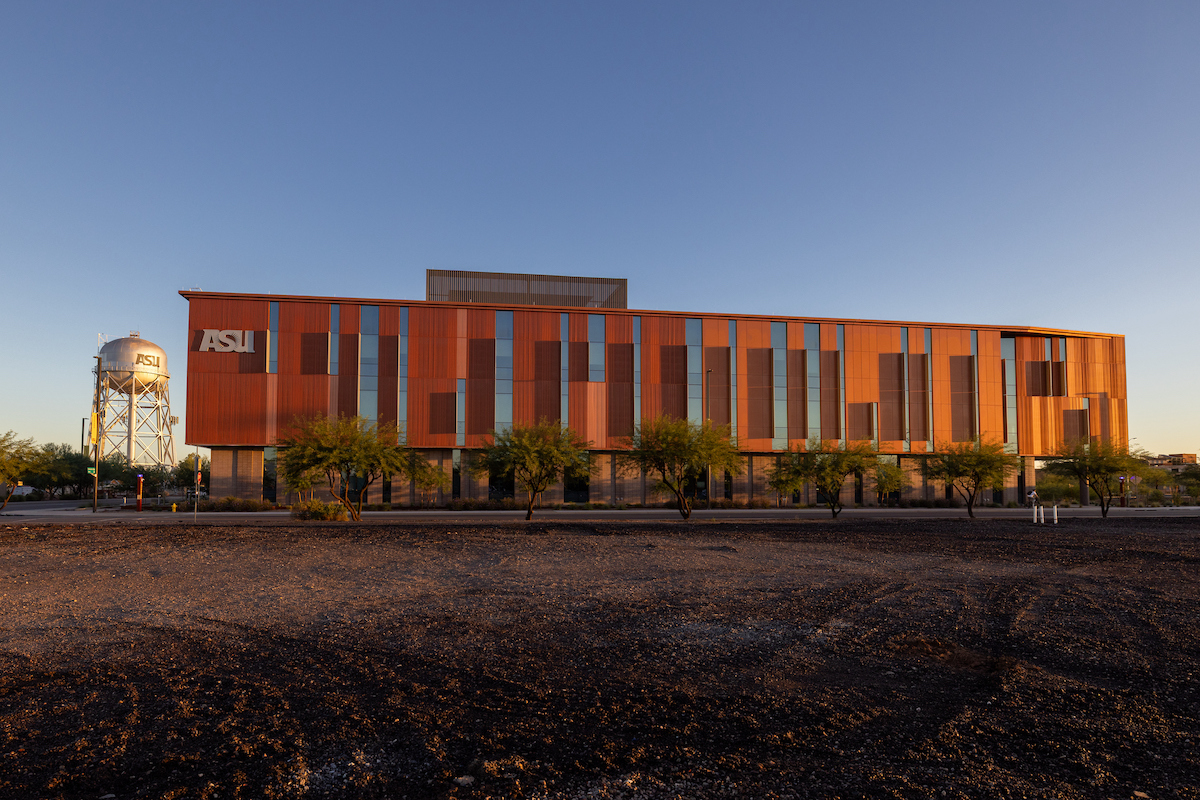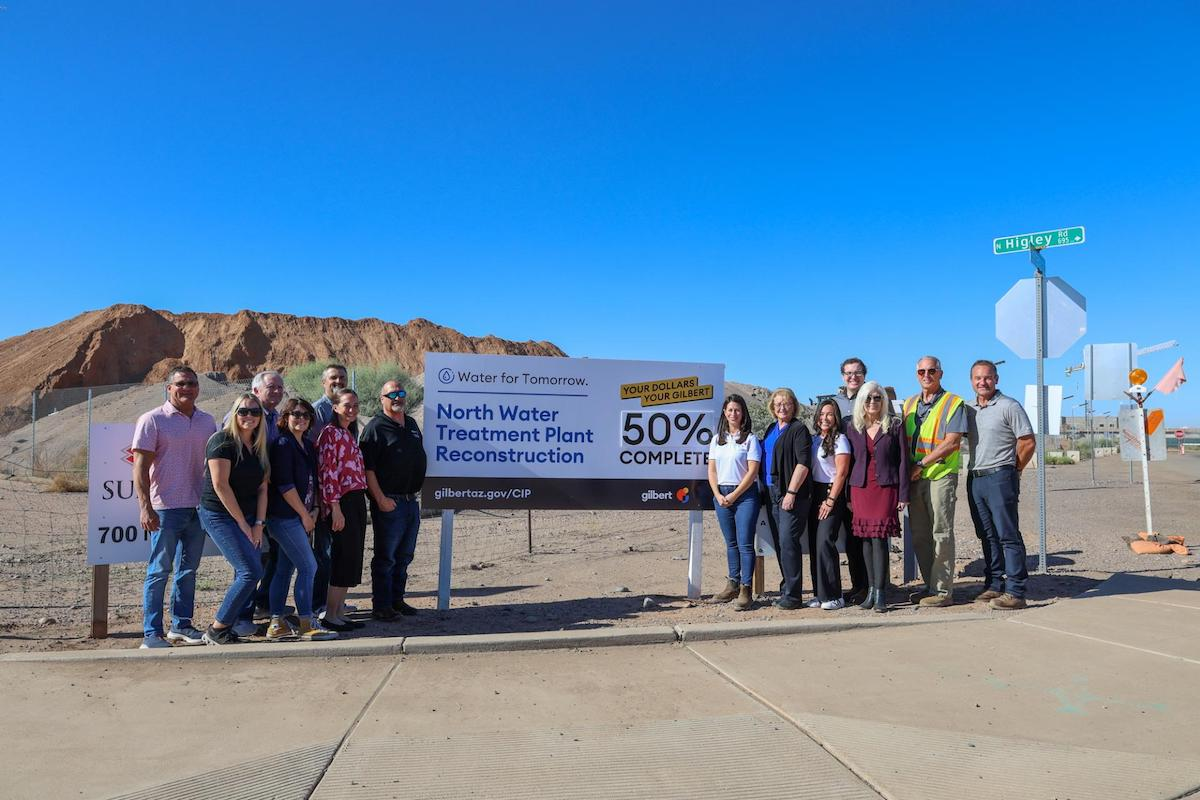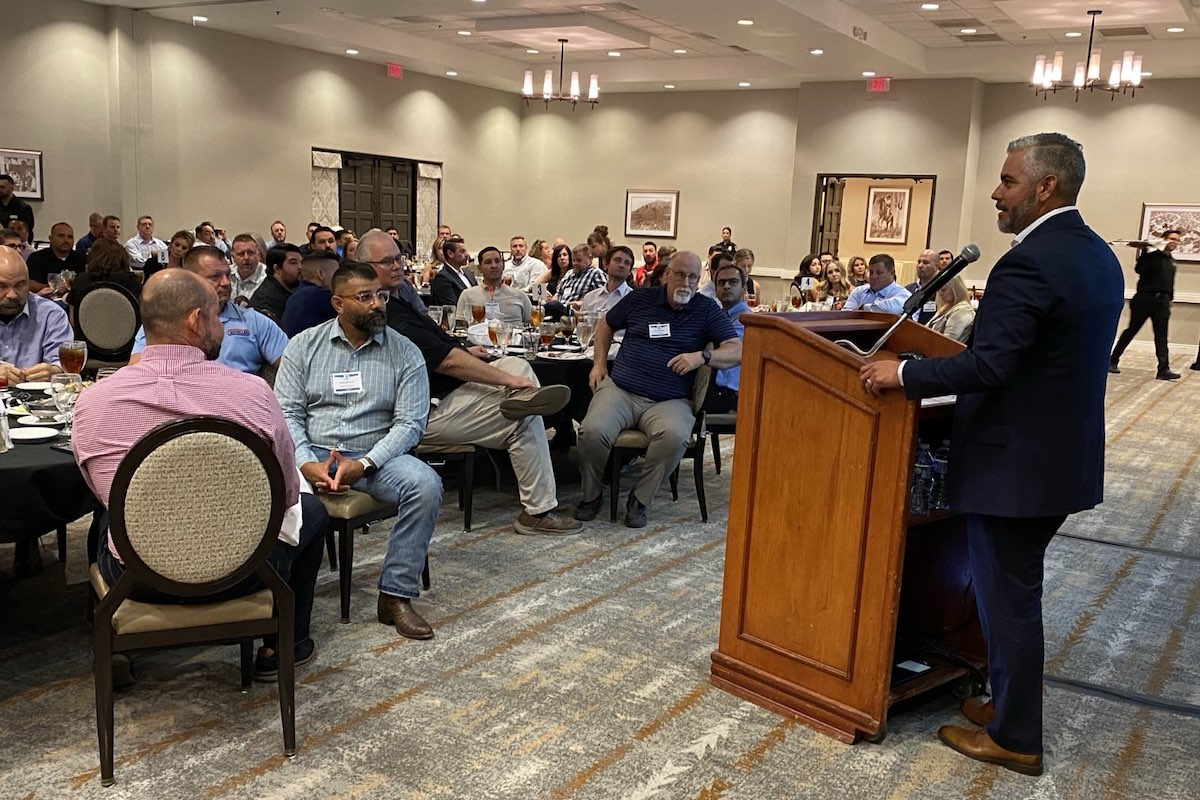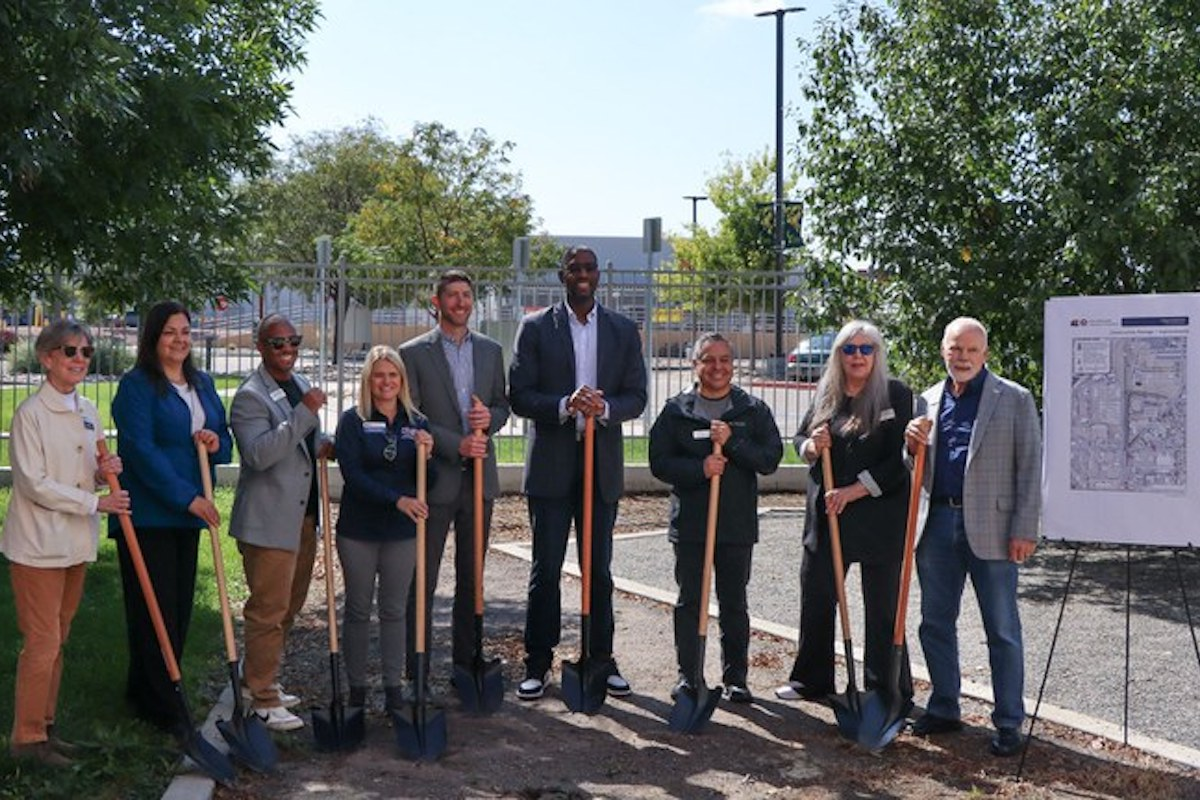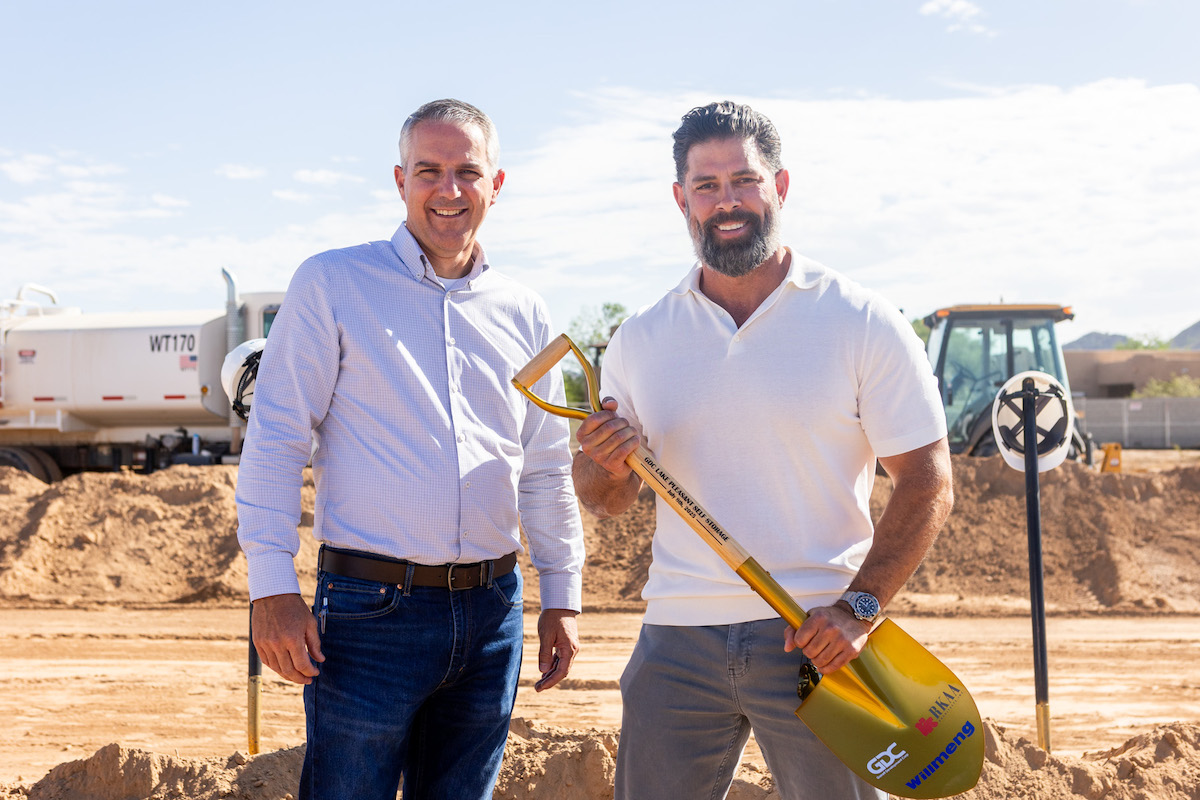“Construction workforce shortages are severe and having a significant impact on construction firms of all types, all sizes, and all labor arrangements,” said Ken Simonson, the association’s Chief Economist. “These workforce shortages are compounding the challenges firms are having with supply chain disruptions that are inflating the cost of construction materials and making delivery schedules and product availability uncertain.”
Simonson noted that 93 percent of construction firms report they have open positions they are trying to fill. Among those firms, 91 percent are having trouble filling at least some of those positions — particularly among the craft workforce that performs the bulk of onsite construction work.
All types of firms are experiencing similar challenges. Nearly identical results were reported by contractors that use exclusively union craft labor and by firms that operate as open-shop employers; by firms with $50 million or less in annual revenue and ones with more than $500 million in revenue; by companies in all four regions of the country; and by contractors doing building construction, highway and transportation projects, federal and heavy work, or utility infrastructure.
One of the main reasons labor shortages are so severe, Simonson added, is that most job candidates are not qualified to work in the industry. The most common explanation for difficulty in hiring, cited by 77 percent of firms, is that available candidates lack the skills needed to work in construction or cannot pass a drug test.

| Your local Gomaco dealer |
|---|
| Faris Machinery |
| Tri-State Truck & Equipment Inc |
Labor shortages are exacerbating the impacts of the widespread supply chain disruptions that have made it difficult for firms to get materials delivered on time and that are driving up the cost of those materials. Eighty-two percent of firms report projects they work on have been delayed because of supply chain challenges and two-thirds (66 percent) have projects that have been delayed because of labor shortages.
Supply chain problems and labor shortages are making construction more expensive. Eighty-six percent of firms have raised base pay rates for their workers while 70 percent have passed along rising materials costs to project owners during the past year.
Cost and supply chain challenges have prompted some owners to cancel or delay projects. Fifty-eight percent of respondents report owners canceled, postponed, or scaled back projects due to increasing costs, while one-third of firms report projects were impacted due to lengthening or uncertain completion times.
Many construction firms report they are taking steps to overcome workforce shortages. In addition to the fact most firms have raised pay rates, 45 percent are providing incentives and bonuses and a quarter of firms (24 percent) have also improved their benefits packages.
Construction firms are also getting more involved in preparing future workers for careers in construction. Fifty-one percent of survey respondents — up from 37 percent in the 2021 survey — report they have engaged with career-building programs such as high school, collegiate, or technical school construction programs.

| Your local Trimble Construction Division dealer |
|---|
| SITECH Northwest |
| SITECH Rocky Mountain |
| SITECH Southwest |
Simonson added that construction firms are also boosting investments in training programs. Forty-seven percent of firms are increasing spending on training and professional development programs, 25 percent are enhancing their online and video training capabilities, and 16 percent are using augmented and virtual reality technology to better train workers.
Technology is also playing an important role in helping firms cope with labor shortages and other challenges. Eighty-seven percent of firms agree that their employees need to possess digital technology skills to be successful as firms adopt new technologies. And while few candidates possess key construction skills, nearly two-thirds of responding firms say at least half of the people they are hiring possess the technology skills they need.
“While the majority of construction firms today are struggling to find skilled workers to fill open jobs, the labor shortage is only going to intensify as more workers retire,” said Allison Scott, Director, Customer Experience & Industry Advocacy at Autodesk. “What’s inspiring is that construction firms recognize this and are taking a proactive approach to preparing future workers for careers in construction. The renewed investments in career development and training programs, as well as a focus on digital skills demonstrates that the industry is committed to taking action to build the next generation of the workforce.”
Association officials said that public leaders have a vested interest in making sure new workers are better prepared for high-paying construction careers. Without enough workers to keep pace with demand, the federal government’s new infrastructure funding and more recent investments in semiconductor factories and energy infrastructure projects will not deliver as much as promised, Simonson warned.
The national association is calling on federal, state, and local leaders to invest in career and technical education programs that expose more existing and future workers to the many career opportunities that exist in construction. The association is also urging federal officials to allow more workers to lawfully enter the country to help meet unfilled demand until the domestic pipeline for preparing workers is rebuilt.

| Your local Volvo Construction Equipment dealer |
|---|
| Faris Machinery |
He added that the association and its chapters are supporting the industry with a broad range of workforce development initiatives. This includes the national association’s targeted digital recruiting campaign, Construction is Essential, and its Culture of Care workplace retention program.
The construction association is also pushing leaders to continue working to untangle supply chains that have been hammered by COVID lockdowns, shipping and manufacturing labor shortages, and massive inflationary pressure, Simonson said.
“There is plenty of work for the industry to perform. There just aren’t enough people to do the work or materials to complete the projects,” Simonson said. “Addressing labor shortages and supply chain problems will ensure that the construction industry can upgrade America’s infrastructure, modernize its manufacturing sector, and help deliver a more reliable and cleaner energy grid.”
The association and Autodesk conducted the Workforce Survey in late July and early August. Nearly 1,300 firms completed the survey from a broad cross-section of the construction industry, including union and open shop firms of all sizes. The 2022 Workforce Survey is the association’s 10th annual workforce-related survey.















